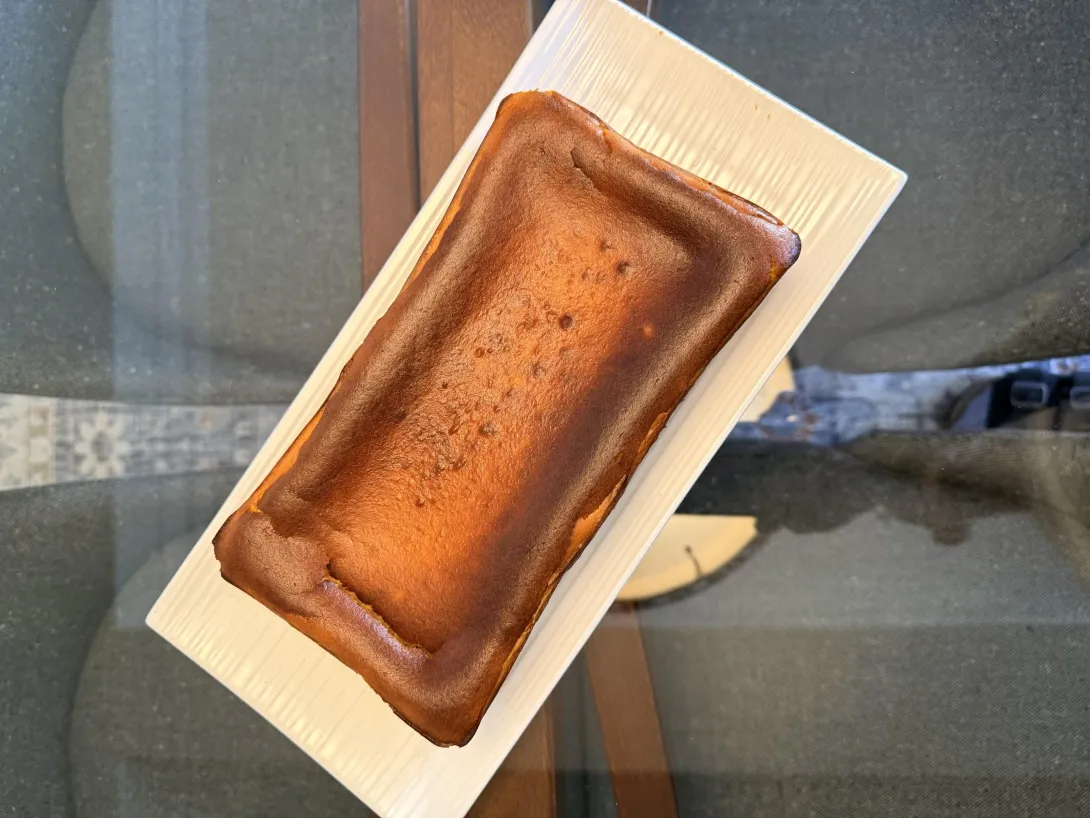Original formula, by Will Falzon

I invented this cookie dough formula myself!
Pumpkin, cottage cheese, Almond flour cookies
Ingredients:
Dough
3/4 stick unsweetened butter(softened)
1 cup Monk fruit sugar
1 cup whole milk cottage cheese ( blended until smooth)
1/2 cup (122 g) pure pumpkin puree
2 TBs pumpkin spice
1 tsp vanilla extract
3 LG. Eggs
1 1/4 cup extra fancy semolina (150 g)
1 1/4 cup Almond flour ( 159 g)
1 tsp baking powder
Pinch salt
Icing
- Log in or register to post comments
- 2 comments
- View post
- The Roadside Pie King's Blog












